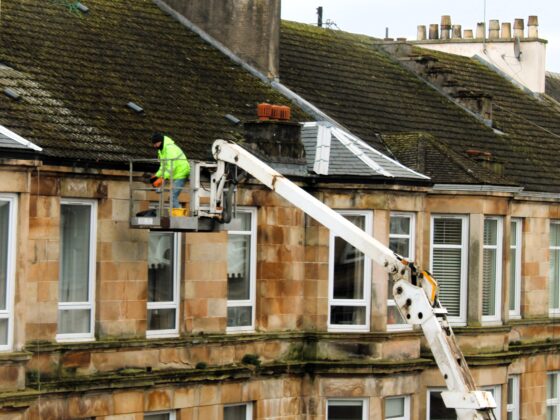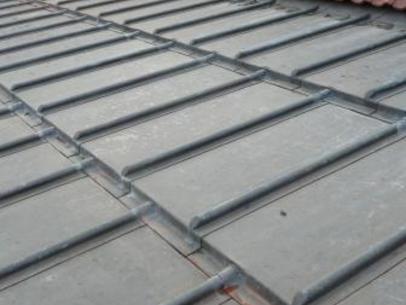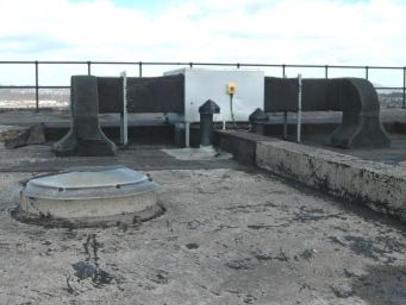An owners’ association is a formal arrangement between the owners of your building. It arranges regular meetings to discuss how your building will be managed and maintained. By ‘formal’ we mean having a constitution, an agreed set of rules and procedures.
Advantages
Having an owners’ association has a number of advantages, even if you have a property manager:
- if you want to open a Maintenance Account, the bank will insist that you have a constituted owners’ association
- research indicates that owners’ associations make owners more satisfied with the way their flats are managed
- it can make speedier and better decisions
- it gives leadership to the repairs process
- it provides a single source of contact and better communication
The rules
The owners’ association rules should cover:
- the purpose of the association
- who can be members
- subscriptions
- office bearers
- how meetings are conducted
- finances
- how to make changes to the association rules
Decisions
The owners’ association can make decisions about:
- appointing or changing property managers
- ‘House Rules’
- getting regular surveys carried out
- planning repairs and maintenance
- which contractors to use
- arrangements for saving and paying for repairs
Office bearers
Depending on the number of owners, you should have a committee headed by a Chairperson, who is supported by a Secretary and a Treasurer. The Chairperson should be your best leader and someone you trust to speak up for you. The Secretary should be a well-organised person who is responsible for all your record keeping. The Treasurer should ideally know how to do spreadsheets, so that they can keep track of money coming in and going out.
If you have enough owners, other committee members can help with other tasks and it’s a good idea to spread out and rotate tasks, so that everyone gets a chance to gain experience and no one person is over-burdened. You don’t want to be in a position that, if the key person leaves, the whole association collapses.
Download a model constitution
Check out this guide for more information on setting up an owners’ association.
Owners’ associations and contracts
An owners’ association is not normally a legal entity in its own right. This means it does not have powers to take legal action in its own name. So, if you want to sign a contract with a builder, architect, or property manager, or take an owner to court for non-payment, it will need to be individual owners that do this (consider using an escrow account).
If someone wants to sue owners for non-payment of a bill or negligence, they cannot take action against the owners’ association, but will need to take action against individual owners. Anyone commissioning repairs must be sure to follow proper procedures and contract builders correctly to protect themselves and get the best job.
If you are a larger development with many flats and owners, then it would be worth considering establishing a Development Management Association (DMA). A number of new developments already have DMAs. These are more costly to run, need to be set up by a professional adviser, such as a solicitor, and incorporated into your title deeds. However, it does have the advantage of being a legal entity in its own right and can sign contracts or take legal action in its own name. This gives more protection to individual owners.
Setting up a Development Management Association
A Development Management Association can be set up under s71 of the Title Conditions (Scotland) Act 2003.
Novoville Shared Repairs App
If you set up an owners’ association, you may want to consider using the Novoville App which enables owners to contact each other, share resources, participate in the common repair process together, and access shared banking.





